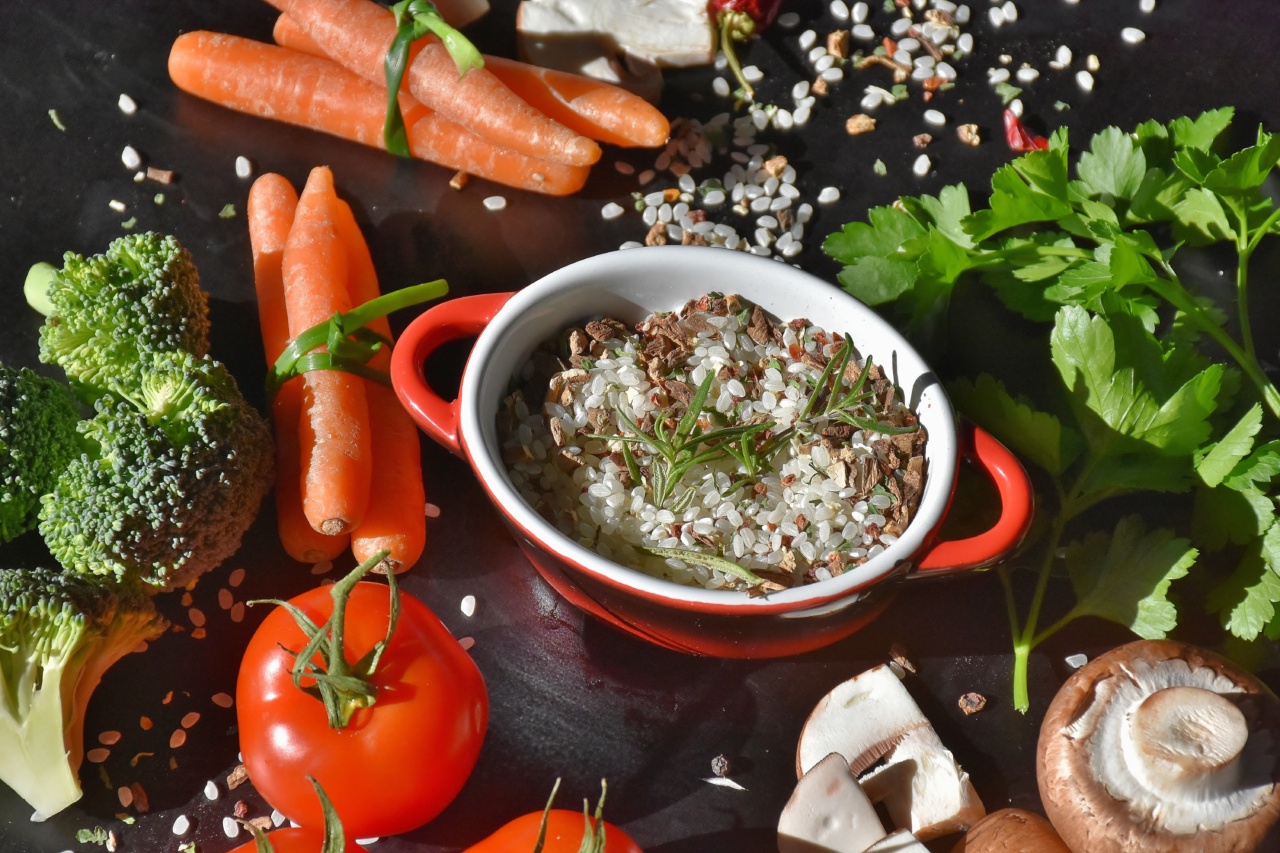Meat is an important source of protein, iron, and other nutrients our bodies need for proper functioning.
However, eating too much meat or cooking it in unhealthy ways can increase the risk of various health problems such as obesity, heart disease, diabetes, and certain types of cancer. That’s why it’s crucial to cook meat in a healthy way to achieve a balanced diet and maintain good health. Here are 10 tips on how to cook meat for a healthier diet:.
1. Choose Lean Cuts
Meat is typically categorized into fatty and lean cuts. Fatty cuts come from the belly, ribs, and other parts of the animal that have more visible fat.
On the other hand, lean cuts come from the loin, sirloin, and other parts of the animal that have less visible fat. Choosing lean cuts of meat can help reduce your intake of saturated and trans fats, which increase the risk of heart disease and other health problems. Examples of lean cuts are skinless chicken breast, turkey, pork tenderloin, and fish.
2. Trim Excess Fat
Even if you choose a lean cut of meat, it may still have some visible fat that’s not needed for cooking or flavor. Trimming the excess fat, either before or after cooking, can help reduce the calorie and fat content of the dish.
Use a sharp knife to remove the fat, but try to leave some for flavor and moisture. You can save the trimmed fat for other uses such as making stock or frying potatoes.
3. Use Cooking Methods that Reduce Fat
The way you cook meat can have a significant impact on its nutritional value and calorie content. Some cooking methods add more fat and calories than others.
For example, frying, sautéing, and deep-frying meat adds oil or butter, which can increase the calorie and fat content. On the other hand, grilling, broiling, baking, and roasting meat can reduce the amount of added fat and preserve the nutrients. Try using non-stick cookware or cooking spray instead of oil or butter, and drain the excess fat after cooking.
4. Season Meat with Herbs and Spices
Adding flavor to meat doesn’t have to involve salt, butter, or other high-calorie ingredients. Instead, use herbs and spices such as rosemary, thyme, basil, garlic, cumin, or ginger to enhance the taste and aroma of the dish.
Not only do herbs and spices add fewer calories than other seasonings, but they also have anti-inflammatory and antioxidant properties that can benefit your health. You can rub them on the meat before cooking or sprinkle them over the dish after cooking.
5. Marinate Meat with Vinegar or Citrus
Marinades are a great way to infuse meat with moisture, tenderness, and flavor without adding extra fat or calories. They also help prevent the formation of harmful compounds when meat is cooked at high temperatures.
One way to make a healthy marinade is to use vinegar or citrus juices such as lemon or lime. These ingredients not only tenderize the meat but also add acidity and freshness to the dish. You can add other ingredients such as herbs, spices, and honey to balance the flavors.
6. Opt for Low-Sodium Broths or Stocks
Broths and stocks are often used as a base for soups, stews, and sauces that contain meat. However, many store-bought broths and stocks are high in sodium, which can increase blood pressure and other health problems.
To avoid excess sodium, choose low-sodium or unsalted broths and stocks, or make your own using bones, vegetables, and water. You can also add herbs and spices to enhance the flavor.
7. Cook Ground Meat Thoroughly
Ground meat, such as beef, pork, or chicken, is a staple in many dishes such as burgers, tacos, and meatballs.
However, because ground meat has more surface area than whole meat, it’s more prone to bacterial contamination, which can cause foodborne illnesses. To prevent this, it’s important to cook ground meat thoroughly until there’s no pink color and the internal temperature reaches at least 160°F (71°C). Use a meat thermometer to ensure accuracy.
8. Choose Plant-Based Proteins
If you’re looking for alternatives to meat or want to reduce your meat consumption, there are many plant-based proteins that can provide the nutrients you need. Some examples are beans, lentils, tofu, tempeh, quinoa, nuts, and seeds.
These foods are low in saturated fat, high in fiber, and rich in vitamins and minerals. They can be used in soups, salads, stir-fries, or as a meat substitute in burgers, chili, or lasagna.
9. Balance Meat with Vegetables and Grains
Even if you enjoy eating meat, it’s important to balance it with other healthy foods such as vegetables and whole grains. These foods provide fiber, vitamins, and minerals that can reduce inflammation, improve gut health, and support overall well-being.
Try incorporating colorful vegetables such as broccoli, carrots, spinach, or peppers into your meat dishes or serving them as a side dish. You can also swap refined grains such as white rice or pasta with whole grains such as brown rice, quinoa, or barley.
10. Portion Control
Lastly, but equally important, is portion control. Eating too much meat, even if it’s cooked in a healthy way, can still lead to overconsumption of calories and nutrients.
A serving of meat is typically 3-4 ounces (85-113 g), which is about the size of a deck of cards or the palm of your hand. Try to measure your portions using a food scale or measuring cups, and avoid going back for seconds or thirds. You can supplement your meal with a salad, steamed vegetables, or fruit to keep you full and satisfied.
Conclusion
Cooking meat in a healthy way can help you achieve a balanced diet and avoid health problems.
By choosing lean cuts, trimming excess fat, using cooking methods that reduce fat, seasoning with herbs and spices, marinating with vinegar or citrus, opting for low-sodium broths or stocks, cooking ground meat thoroughly, choosing plant-based proteins, balancing with vegetables and grains, and practicing portion control, you can enjoy the taste and benefits of meat without sacrificing your health.




























